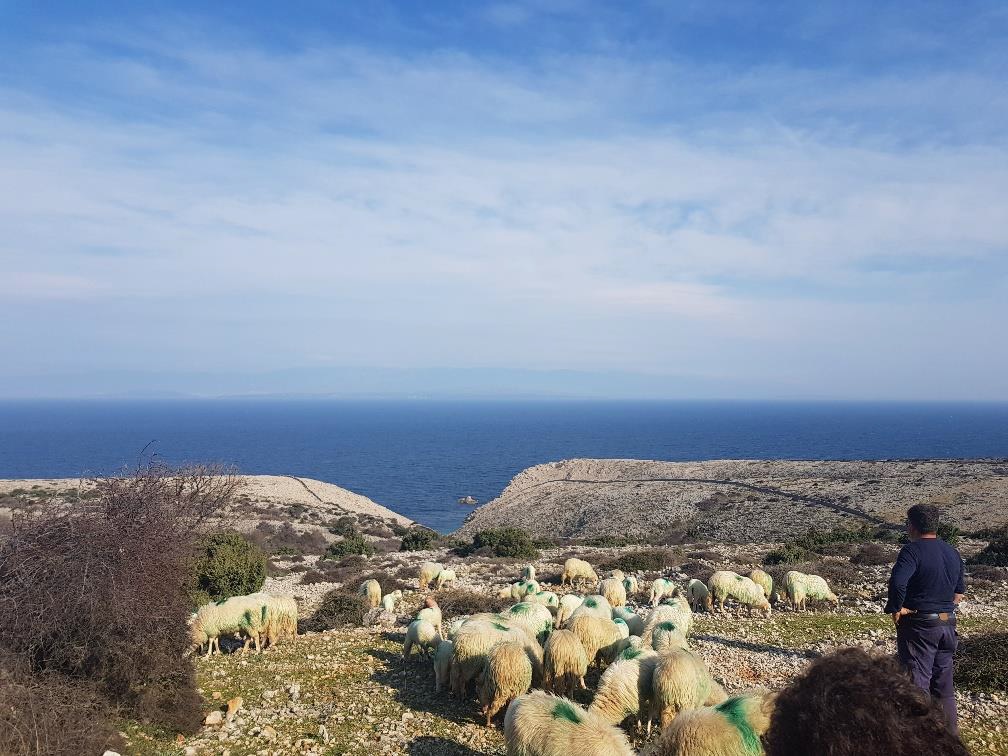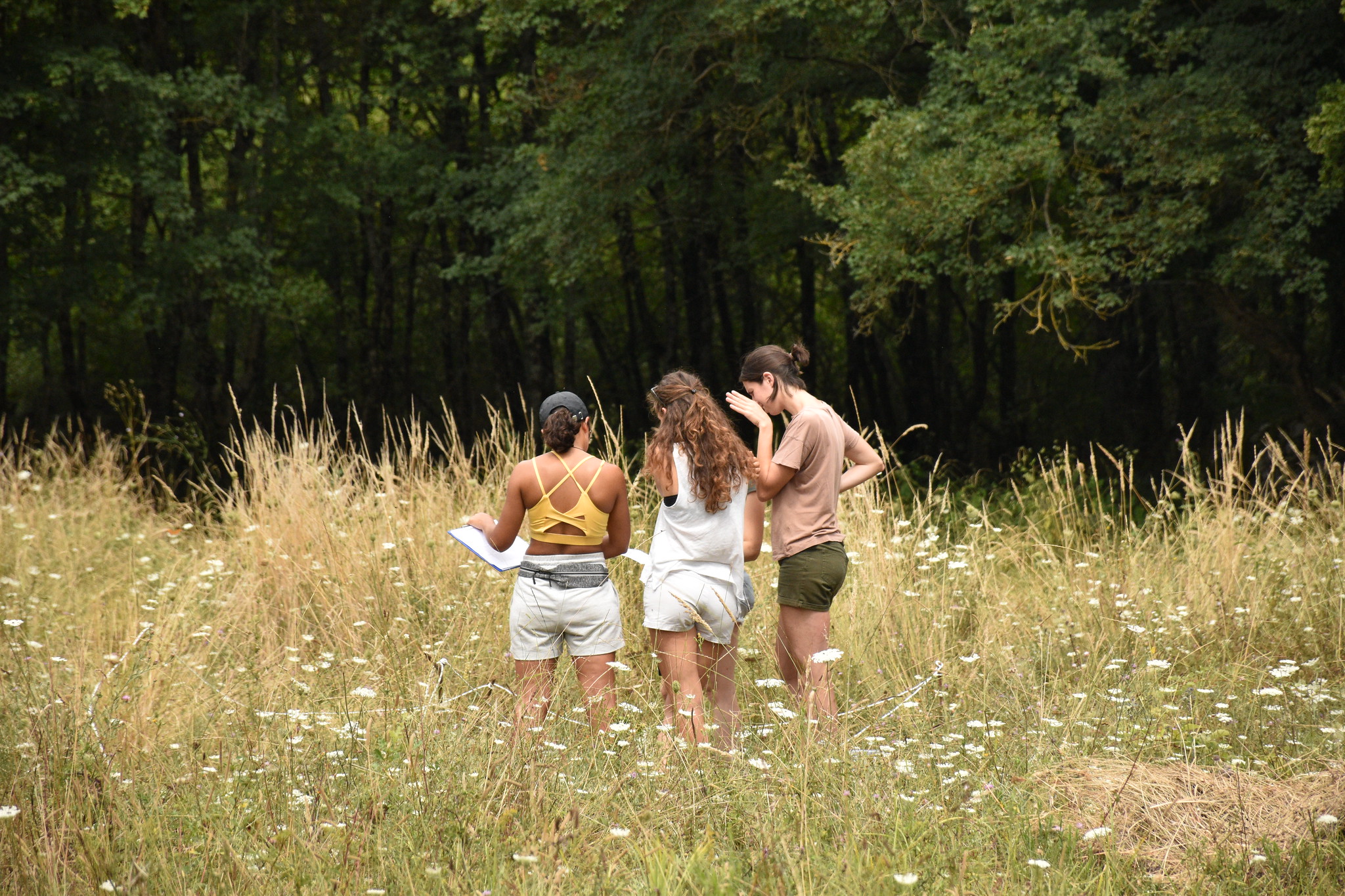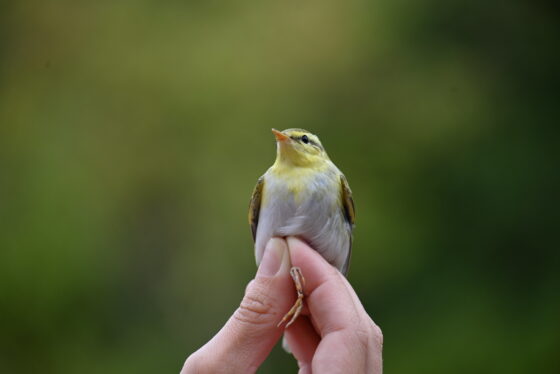
We are proud to present the results of bird ringing at this year’s Učka Ornithological Ringing Camp, which we have been organising with the public institution Učka Nature Park for 17 years now! We will also go through the photos that captured a part of the atmosphere, new acquaintances and experiences.
126 hands of 58 local and 5 European Solidarity Corps volunteers raised and lowered the nets, carefully brought the birds to the ring table and diligently collected data for 31 days.
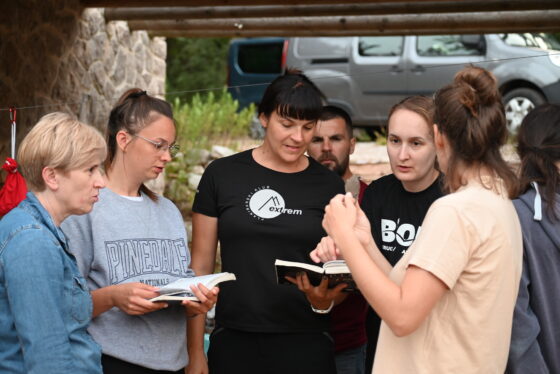
Surrounded by the scents of yew, sage, black pine and many other plants, we enjoyed bird ringing and educational and creative activities with volunteers from all over Croatia and abroad. During the first three weeks of the camp, only lay volunteers participated in the activities, while those who wanted to improve their knowledge professionally joined in the last week – bird ringers, trainees, employees of public institutions and many others.
This year’s results
While on their journey in search of food and shelter during the autumn migration of birds, 856 birds of 37 different species were ringed at the park’s largest pond, Rovozni. We also caught 86 previously ringed birds. Thanks to the abundance of food (both insects and different fruits) this rainy year has brought, more birds were ringed and caught again than last year at the same period.
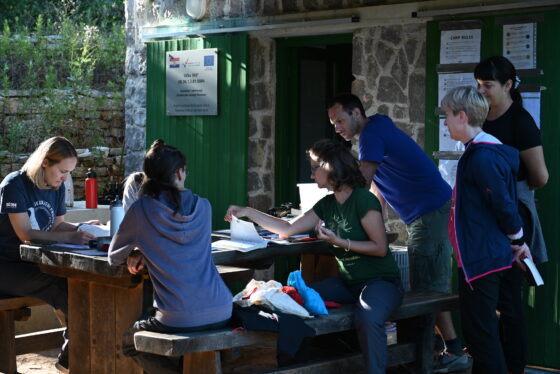
Among the TOP 10 most numerous ringed birds this year are wood warblers (Phylloscopus sibilatrix) – 153, European robins (Erithacus rubecula) – 114, European pied flycatchers (Ficedula hypoleuca) – 91, Euroasian blackcaps (Sylvia atricapilla) – 67, icterine warblers (Hippolais icterina) – 61, common blackbirds (Turdus merula) – 57, garden warblers (Sylvia borin) – 48, long-tailed tits (Aegithalos caudatus) – 40, Eurasian blue tits (Cyanistes caeruleus) – 30 and rock buntings (Emberiza cia) – 27. This year, for the first time, we left a few special nets open for an extra hour at dusk, which allowed us to ring a slightly larger number of nocturnal species such as European nightjars (13) and Eurasian scops owls (4).
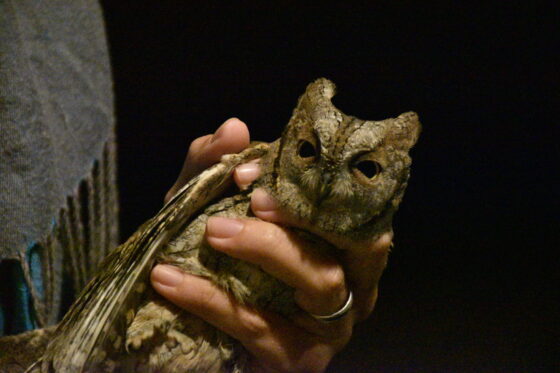
Among the places of honor for especially rare catches, we would like to highlight the sedge warbler (Acrocephalus schoenobaenus), a striped inhabitant of wet habitats that only occasionally “wanders” into our puddle, the Eurasian sparrowhawk (Accipiter nisus), a predator that we, due to its size and intelligence, do not often find in our nets, and the Eurasian siskin (Spinus spinus), which in its wanderings in Učka usually remains in high treetops and easily flies over the ring nets.
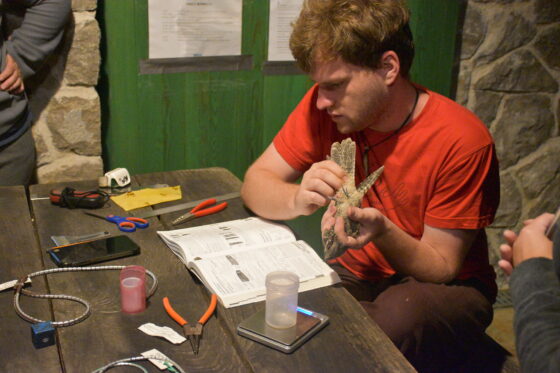
In rough and all kinds of different weather conditions (and the third week’s weather wasn’t kind to us), we successfully completed 2471 volunteering hours! From the oldest to the youngest participant, a one-year-old baby, everyone enjoyed the peace that the nature of Učka provides in abundance. Several families of volunteers with children stayed at the camp for one week, and the opportunity to learn in nature was especially important for the young volunteers. Groups of students from regional schools also visited the camp, and the schoolchildren had the opportunity to experience bird ringing.
We would like to thank everyone who spent a part of their summer with us, and was part of this year’s Učka bird story. Although it can seem challenging to organise a camp, each year again we realise how such activities, in addition to being useful for studying and protecting birds, recharge our batteries and give us a much needed break from everyday life. We firmly hope that this tradition of ours, which will soon come of age, will continue to be better and more successful every year thanks to everyone who maintains it and enjoys it all these years.
For those who wish to know more: How are birds ringed?
When ringing birds, we use a standardised methodology applied in previous years. This year we set up 14 ornithological nets for smaller birds and, for the first time, two additional nets for larger birds that were used during night ringing. The nets measure 12 x 3 metres with 5 pockets, which makes a total of 168 metres of bird ringing nets. It is important to note that during standard (daily) ringing, we do not use any additional or artificial means of attracting birds, such as sound reproduction, feeders or models. With this methodology, we can obtain a realistic picture of the diversity of the ornitofauna because all recorded birds came to the ringing location without human intervention. Night ringing was carried out for a period of one hour after the day’s nets were closed, and during that time, the calls of the European nightjar (Caprimulgus europaeus) and the Eurasian scops owl (Otus scops) were played in individual periods of half an hour, which attracted these species.
The birds are marked with metal rings of the appropriate size and with a unique code. In addition to ringing, we take basic and additional morphological measurements of the birds. The species and, if possible, sex and age are determined for each individual. Wing length and body mass must be measured and the fat tissue index determined. After we have done everything carefully, we release them back to freedom, unharmed. Also, if a bird that was ringed in previous years is caught in the net, we write down the number of the ring it is wearing and measure it again.




